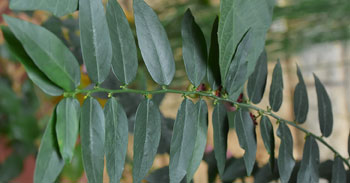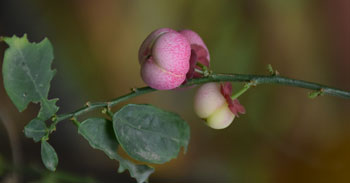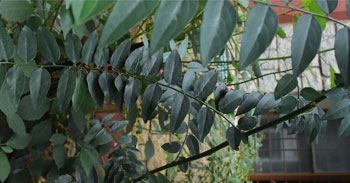KJC Medicinal Garden
-
Sauropus Androgynus
Order: Malpighiales / Euphorbiales
Family: Phyllanthaceae
Genus: Sauropus
Species: S. androgynus
Common Names: Sweet leaf , katuk , star gooseberry
Native to Southern asia (Tropical )
Other plants of the same genus with medicinal properties
-
S.convexus
S.indicus Wight
S.oblongifolius
S.parviflorus
S.scandens
S.sumatranus
S.zeylanicus Wight
- Subshrub (3 – 5 m tall), Erect, lightly branched .
- Leaves: Ovate or lance shaped; Green; width- 2.0 to 7.5 cm.
- Stems are flaccid, cylindrical or angled branches, can grow new branches quickly.
- Flowers: small, dark red to yellowish with dark red spot; the male flowers are disk shaped.
- Fruits: globular, 1.5 cm in diameter and whitish colour.
- Seed: black or green.
Uses in Tradition systems of medicine
- Used in Ayurveda
- Leaves of this plant have been traditionally used to treat Genito-urinary disease, cardiovascular disease, and induced lactation, oral thrush of infants, eye disease, and antidiabetic, antiobesity.
- Roots are used to reduce fever, food poisoning as well as antiseptic agent.
- Served as dried powder, soup, salad, colouring agent, fresh leaf or green leafy vegetables
- Vitamin C:239mg ; Vit A :10370 (IU); Vit B1 :0.10mg
- • Protein: 4.8g
- • Fat: 1g
- • Carbohydrate :11g
- • Minerals -> Calcium: 204mg; Phosphorus: 83mg; Iron: 2.7mg; sodium: 25mg; Zinc: 0.94mg; Potassium: 457mg
- Energy : 245 KJ ( 59 kcal)
- Water: 81g
- Edible parts : 40%
Suggested Medicinal Properties
- Antidiabetics Activity
- Antiobesity Effect
- Anti-inflammatory Activity
- Antioxidant Activity
- Antimiccrobial Activity
- Wound healing Activity
- Induction of Lactation Activit
Active Phytochemicals
1. Lignan and megastigmane glycosides
A lignan diglycoside, isolariciresinol 3 alpha –O beta –apiofuranosyl O- beta- glucopyranoside and a megastigmane glucoside. Sauroposide were isolated from the aerial part of S. androgynous together with isolariciresinol 3 alpha-O-beta glucopyranoside, syringaresinol di-O-beta glucopyranoside, guanosine and corchoionoside.
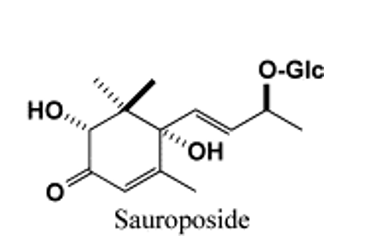
2. Methanolic and Ethanolic
Methanolic and ethanolic extracts of S. androgynus have been reported to have significant antibacterial activity against Bacillus cereus, Proteus vulgaris, and Staphylococcus aureus .On the other hand, aqueous extract demonstrated moderate antibacterial ability.
Methanol extract significantly showed increased antibacterial activity compared with aqueous extract against gram positive bacteria. A further study found that ethanol extracts of S. androgynus produced higher antibacterial effects against Klebsiella pneumonia and S. aureus in comparison to aqueous extracts .
3. Alkaloids
Alkaloid, any of a class of naturally occurring organic nitrogen-containing bases. Alkaloids are found primarily in plants and are especially common in certain families of flowering plants such as sauropus androgynus.
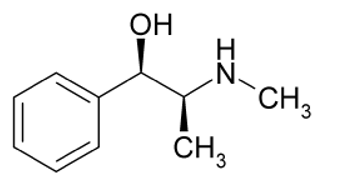
4.Tannins
5.Sterols
6.Flavanoids
7.Terpenoids
8.Phenols
9.Resins
10.Saponins
References
P. Padmavathi and M. P. Rao, “Nutritive value of Sauropus androgynus leaves,” Plant Foods for Human Nutrition, vol. 40, no. 2, pp. 107–113, 1990
S. Singh, D. R. Singh, K. M. Salim, A. Srivastava, L. B. Singh, and R. C. Srivastava, “Estimation of proximate composition, micronutrients and phytochemical compounds in traditional vegetables from Andaman and Nicobar Islands,” International Journal of Food Sciences and Nutrition, vol. 62, no. 7, pp. 765–773, 2011
N. Benjapak, P. Swatsitang, and S. Tanpanich, “Determination of antioxidant capacity and nutritive values of Pak-Wanban (Sauropus androgynus L. Merr.),” Khon-Kean University Science Journal, vol. 36, pp. 279–289, 2008
